Dubai Air Show Day 3: Inside The Royal Brunei Boeing 787 And Emirates Airbus A380 [PHOTOS]
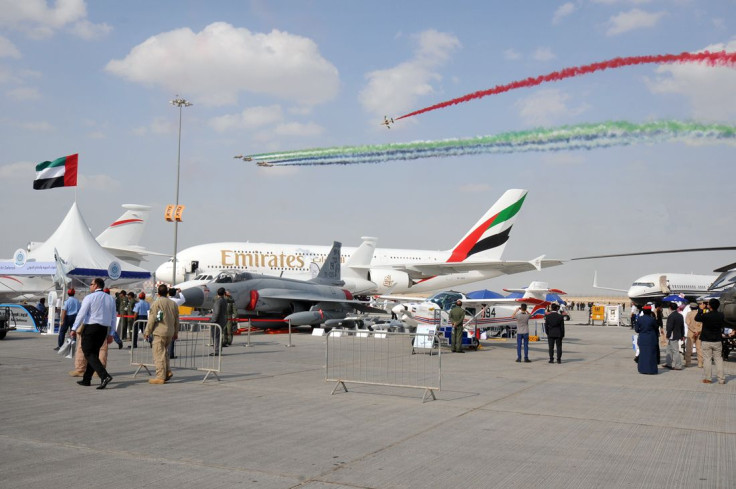
DUBAI, United Arab Emirates -- On day three of the Dubai Air Show 2013, airlines continued to buy more jets but at a slower pace than the order binge that started the show -- cumulative orders announced Tuesday were worth in the single-digit billions, after almost $200 billion were racked up in the first two days. That meant time to wander around the dozens of airplanes at the static exhibition, including the latest from Boeing and Airbus.
After a peek on Monday inside the first Boeing 787 flying with Royal Brunei Airlines, there was a chance to explore the Emirates Airline Airbus A380 that dominates the tarmac with its sheer size. The A380 has been in service since 2007, while the 787 has just completed two years flying commercially -- and is still facing technical problems that keep attention focused on the plane, the first large passenger jet made largely of composite materials.
Royal Brunei Airlines put the Dreamliner in service in October, joining 15 others on every continent. Ceo Dermot Mannion said, during a presentation of his airline's new jet, that he's not worried: "All airplanes have teething problems. I have absolute confidence in it."
The 787s will fly soon from Brunei's capital, Bandar Seri Begawan, to Dubai and London, then to Melbourne, after flying regionally for a few weeks now. They are configured with 254 seats, 18 of which are business class flat beds, shown below.
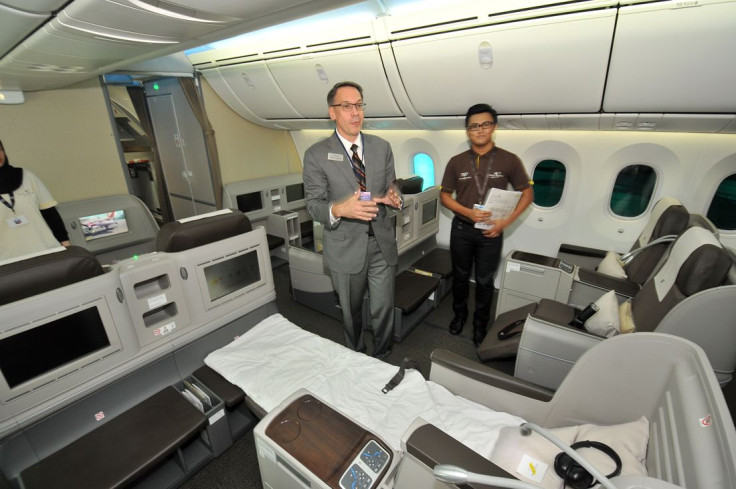
The economy-class section showed Boeing's mood lighting and electronically dimmed windows. The 787 has no window shades.

The flight deck was fully lit up, with all displays turned on.
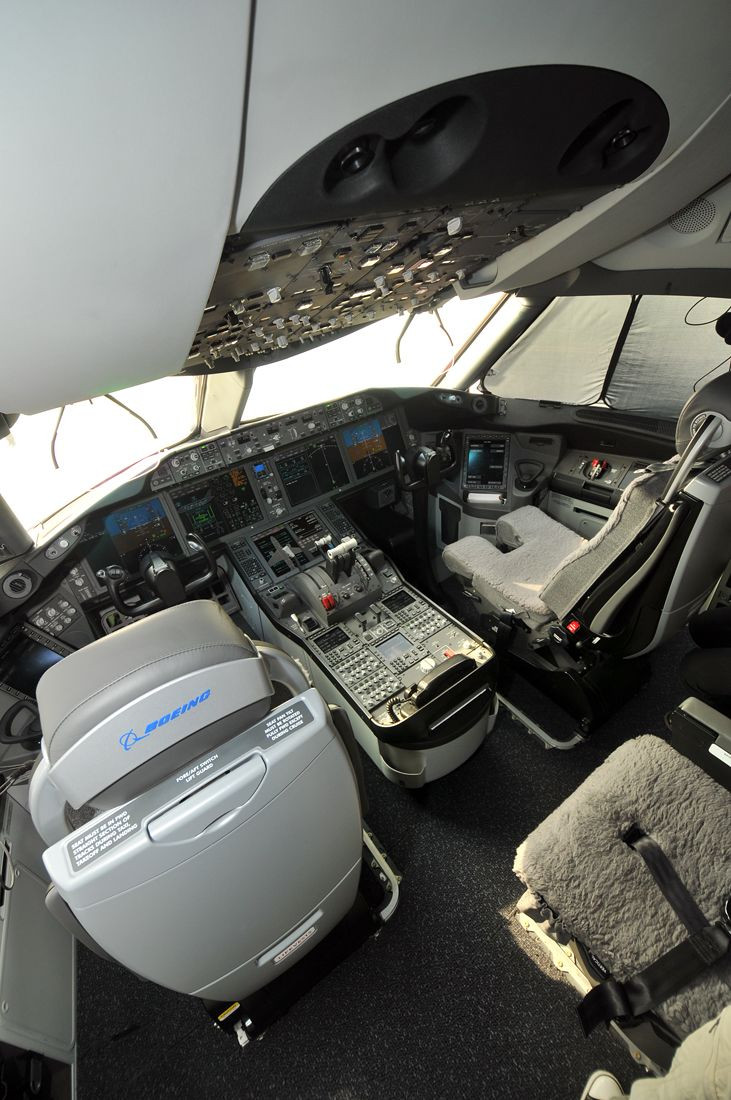
The Airbus 380 that Emirates brought to the show is even newer than the Brunei 787. According to several independent sites listing Airbus production schedules, this particular airplane was number 134 off the assembly line and was delivered Nov. 14. It's as brand new as it gets: It hasn't flown one day yet in revenue service. Emirates flies its A380s to 20 destinations around the world, including New York (it has 40 in service and 100 more on order, including the 50-plane, $20 billion committment it announced here on Sunday).
Here, the A380 is seen with some of the high-ranking military officers who are a frequent sight at the airshow, where military sales are also discussed.
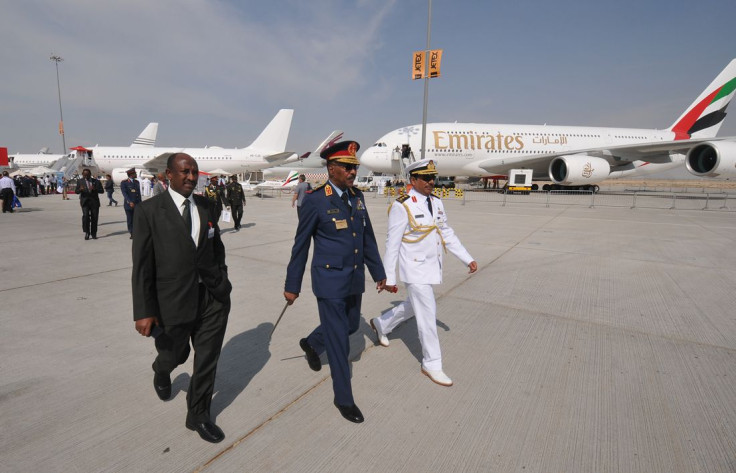
The plane is on static exhibition and doesn't fly at the show, where Airbus used one of its testbeds for flight displays. From the stairs, it's easy to get a grasp of the huge 239-foot (73-meter) fuselage and 262-foot (80-meter) wingspan.
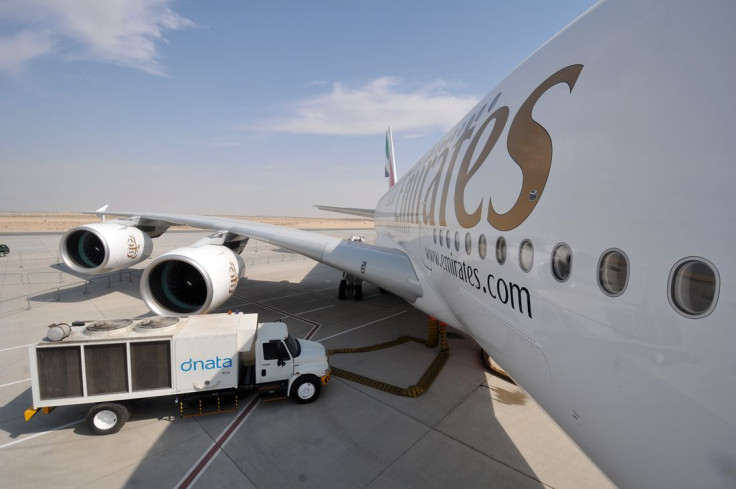
The lower deck is entirely economy class, with 399 seats, but divided in various sections that don't give the feeling of being inside an enormous bus.
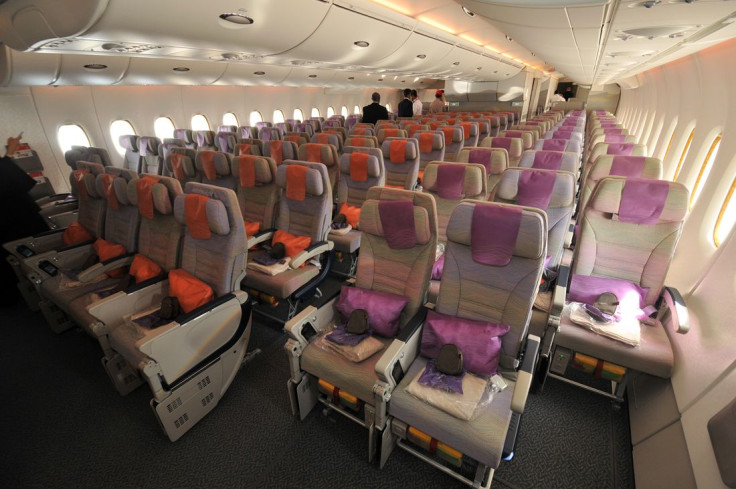

Upstairs, the rear end is occupied by a bar, a unique feature that's available only for business and first-class passengers. The rest of the upper deck has 76 business-class seats that turn into flat beds and 14 personal first-class suites. The latter are becoming increasingly common on long-range aircraft, after being introduced by Asian carriers in the mid-2000s. The A380 can fly up to 15,700 km or 9,800 miles, making 17-hour flights a possibility.


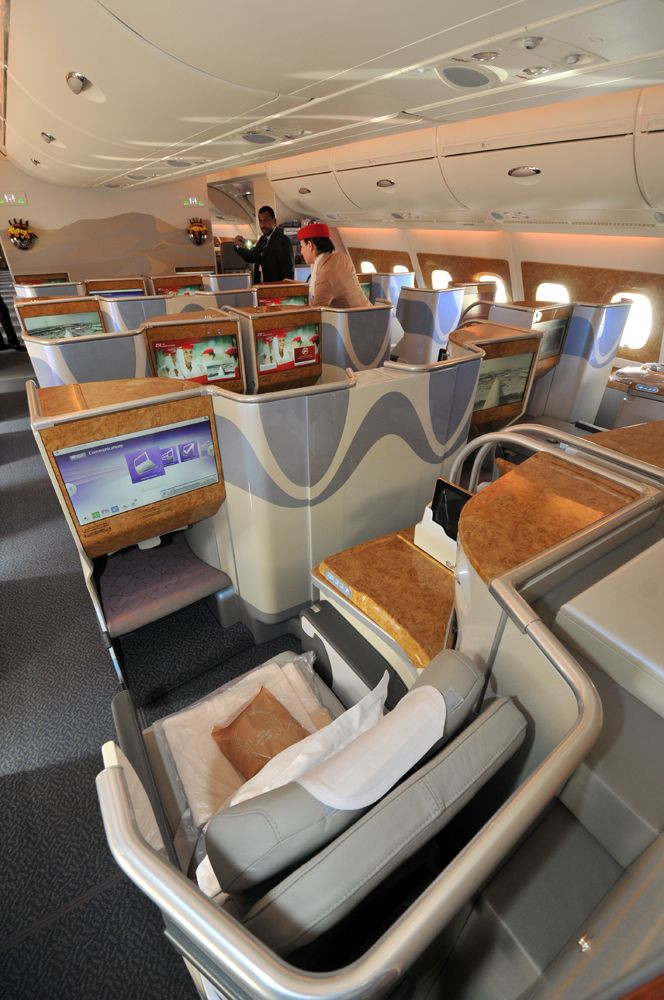

First class is at the front of the upper deck and offers complete privacy: Seats are inside a shell, making it impossible to see from the outside.


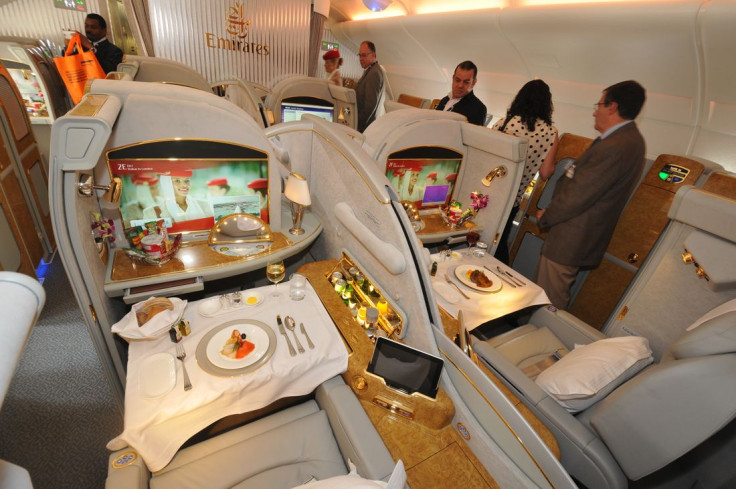

Emirates is the only airline to have installed showers in the A380. Water on board is limited, so showers can last five minutes maximum.

While the 787 and A380 were the stars on the tarmac, the biggest buzz at the show was around the Airbus A350 and the Boeing 777X. Both were visible at the show only as models, the latter because it will fly in 2019 and the former because it's busy in Toulouse, France, being flight-tested before entering service.
Airbus, a unit of European Aeronautic Space & Defence NV (EPA:EAD), has flown the A350 for the first time earlier this year; the two currently in flight-testing have accumulated 600 hours in the air between them, said Kevin Keniston, head of passenger comfort at Airbus, during a conversation in the Airbus booth at the airshow. Entry into service will be next year with Qatar Airways. Seating up to 350 passengers in its biggest variant, the A350 is being sold by Airbus as an "extra-wide body" aircraft that will let airlines add one inch in width to the economy-class seats. Airbus is making a marketing push for wider seats, which is why it sent to Dubai its passenger-comfort team, but acknowledges that ultimately airlines decide whether they want to offer wider seats or squeeze more seats in. "It's a decision of comfort versus economics," said Claire Thomas, an aircraft interiors marketing analyst at Airbus.
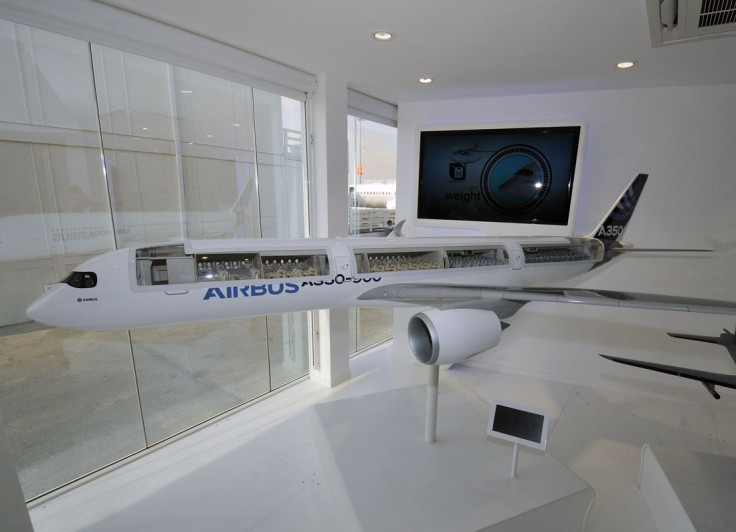
The Boeing Co. (NYSE:BA) has promised that the 777X will improve operating economics for airlines over the existing 777 and the A350, thanks to a lighter, composite-material wing and new General Electric (NYSE:GE) engines. It also said, at a briefing in Dubai with Vice President of Airplane Development Scott Fancher, that the 400-seater will deliver 10 percent lower operating economics than its competition -- a term by which Boeing means only one thing: the A350.

© Copyright IBTimes 2024. All rights reserved.






















